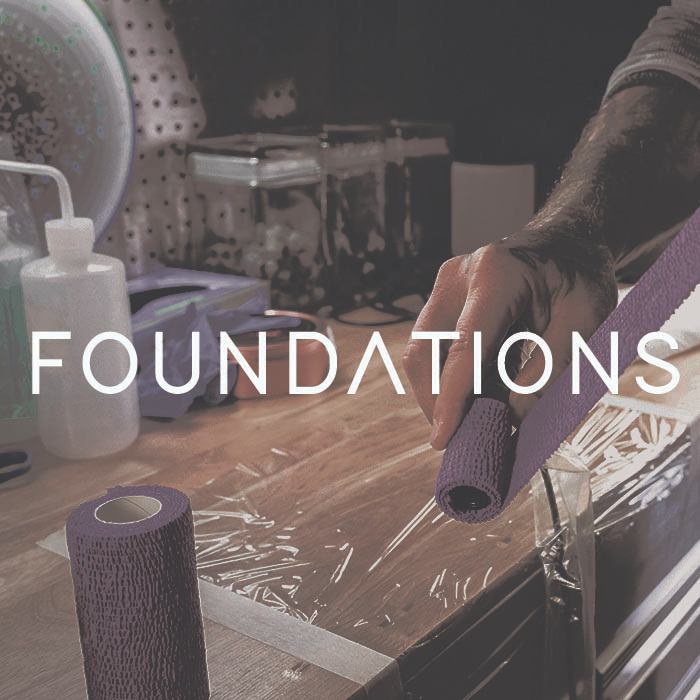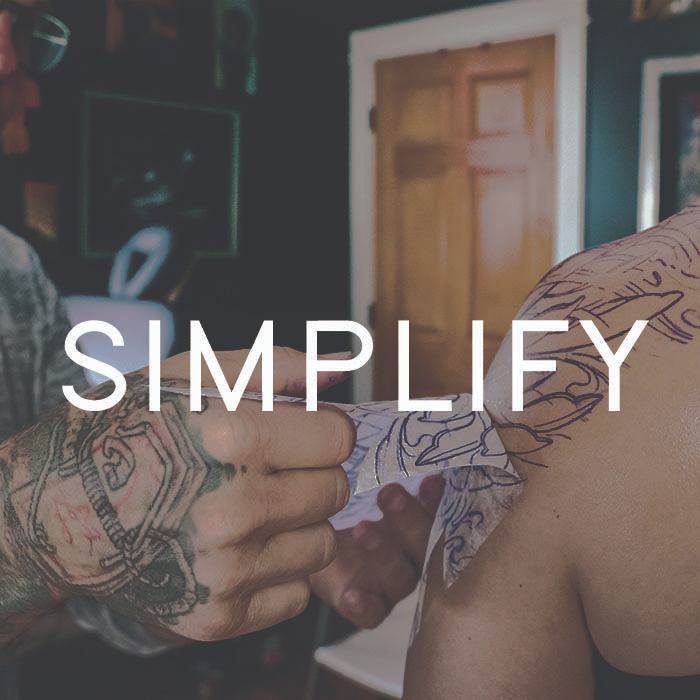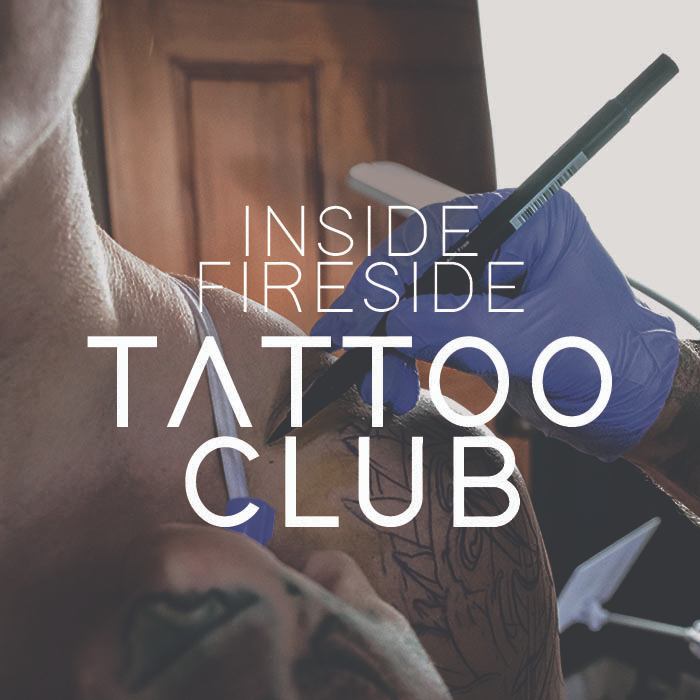Videos & Livestreams

Why Do We Care About Give? - Carson Hill
"Defining 'give' in rotary machines should align with its function rather than borrowing terminologies from coil machines." — Carson Hill
Carson Hill brings a wealth of knowledge and innovation to the tattooing industry. His mission is clear: to create the best possible tattoo machines that enhance both the artist's and the client's experience. Carson's insights into the concept of "give" are particularly enlightening. Traditional coil machines and modern rotary machines operate on fundamentally different principles, which affects how "give" is understood and implemented.
Direct Drive Machines and Chipped Motors
One of the central themes of this episode is the distinction between direct drive and chipped motors. Direct drive machines push the needle forward and pull it back directly, with no mechanical cushion. This can lead to what's known as "bogging" when the machine encounters resistance from the skin. The slowing of the motor increases the dwell time, or how long the needle contacts the skin, potentially causing more trauma.
In contrast, chipped motors boost power when encountering resistance, maintaining RPM consistency. This ensures a steady performance, reducing the likelihood of trauma and allowing for quicker skin penetration. Carson Hill prefers the slight slowdown of direct drives, finding it more natural, while others, like Ty Pollotta, appreciate the boosted performance of chipped motors.
Mechanical Give and Tattoo Trauma
Mechanical give, a feature in coil machines, involves a cushion or dampening system that shortens the needle's stroke, reducing skin trauma. Rotary machines, like the Neuma 4, mimic this effect through innovative cam designs. Understanding these differences is crucial for artists seeking to optimize their equipment for different styles and techniques.
Factors Influencing Dwell Time
Dwell time, or how long the needle stays in the skin, plays a significant role in tattoo trauma. Factors like hand speed and the design of the cam system in rotary machines affect this. Symmetrical cams offer an even profile, ideal for large fields of color or black, while asymmetrical cams slow down needle insertion but maintain a quick recoil, reducing unnecessary trauma.
Innovation and Personalization
Carson Hill's Neuma Tattoo Machines stand out for their interchangeable cam systems, allowing artists to customize insertion and retraction times. This flexibility ensures that artists can find the perfect setup for their hand speed and style, enhancing both efficiency and client comfort.
Conclusion
In sum, the right setup for your tattoo machine is a matter of personal preference and experimentation. Whether you prefer the natural feel of direct drives or the boosted performance of chipped motors, finding the right balance will improve your efficiency and the client's experience. Carson Hill's contributions to the tattooing industry through Neuma Tattoo Machines exemplify the importance of innovation and personalization in this art form.
Learn More:
Tattoo Science: Why Do We Care About Give? | Carson Hill | EP 239

Understanding the Lifetime Value of a Client in the Tattoo Industry - Jesse Drach
In a recent Fireside Tattoo Network podcast episode, Jake Meeks delved into the dynamic world of tattoo industry marketing with Jesse Drach, the visionary behind Ink-Link Marketing. Jesse, whose journey into the industry began with a passion for tattoos at 18, has since grown Ink-Link into a powerhouse helping over 300 tattoo shops triple their client bases.
The Evolution of Marketing Strategies
Jesse's insights are rooted in a deep understanding of digital marketing platforms like Facebook, Instagram, and Google Ads. He emphasizes the importance of targeted advertising to reach ideal clients effectively. "Just show off your work," he advises, stressing the value of directly addressing potential clients in ad copy to resonate with their interests.
Maximizing Client Relationships
Central to Jesse's philosophy is the concept of the Lifetime Value (LTV) of a client. This metric goes beyond initial transactions, focusing on the long-term revenue generated by each client relationship. By nurturing these relationships through exceptional client experiences and personalized communication, tattoo artists can maximize their LTV.
Strategic Use of Reviews and Geofencing
Jesse highlights the pivotal roles of Google reviews and geofencing in enhancing local visibility and reputation management. Positive reviews not only attract new clients but also contribute significantly to SEO efforts, boosting organic search rankings. Geofencing, on the other hand, allows precise targeting of potential clients within specific geographic areas, optimizing ad spend for maximum impact.
Crafting Effective Ad Campaigns
Another key takeaway from the episode is Jesse's approach to crafting ad campaigns tailored for specific outcomes. By repurposing high-performing organic content into paid ads and meticulously analyzing cost-per-lead metrics, tattoo artists can achieve better ROI and engagement.
Enhancing Communication Strategies
Communication, or "speed to lead," emerges as a critical factor in converting leads into clients. Jesse emphasizes the need for prompt responses to inquiries, drawing parallels with customer expectations in other service industries like plumbing. Effective communication not only secures immediate business but also fosters long-term client loyalty.
Conclusion
In essence, Jesse Drach's expertise underscores the transformative power of strategic marketing in the tattoo industry. By leveraging digital platforms, understanding client lifetime value, and prioritizing exceptional client experiences, tattoo artists can thrive in an increasingly competitive market. Whether you're a seasoned tattoo artist or a shop owner looking to expand your client base, integrating these insights can pave the way for sustained growth and success.
For more insights and detailed strategies discussed in the podcast, be sure to connect with Jesse Drach and explore the resources available through Ink-Link Marketing. Harness the power of digital marketing to elevate your tattoo business and cultivate lasting client relationships.



